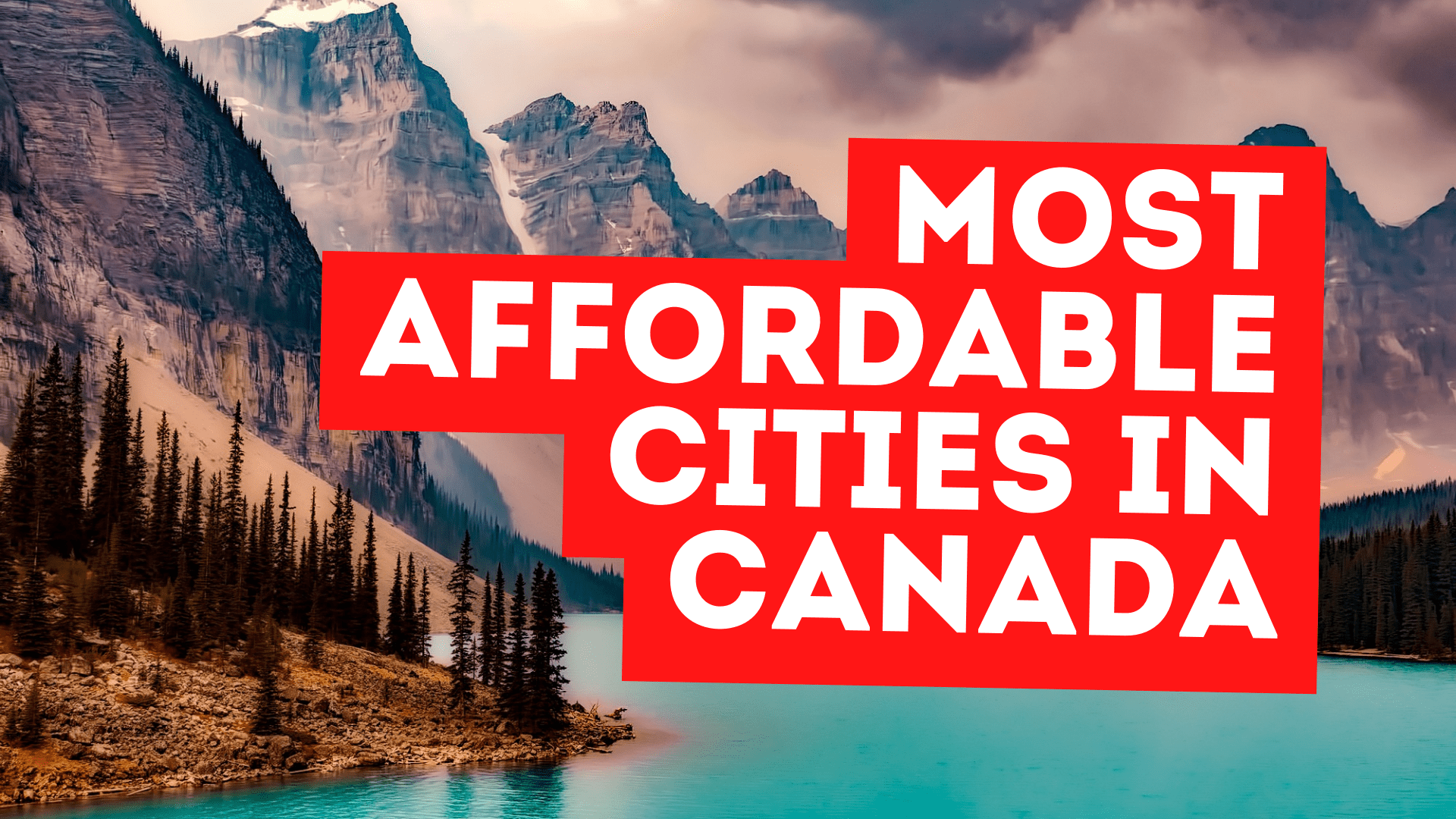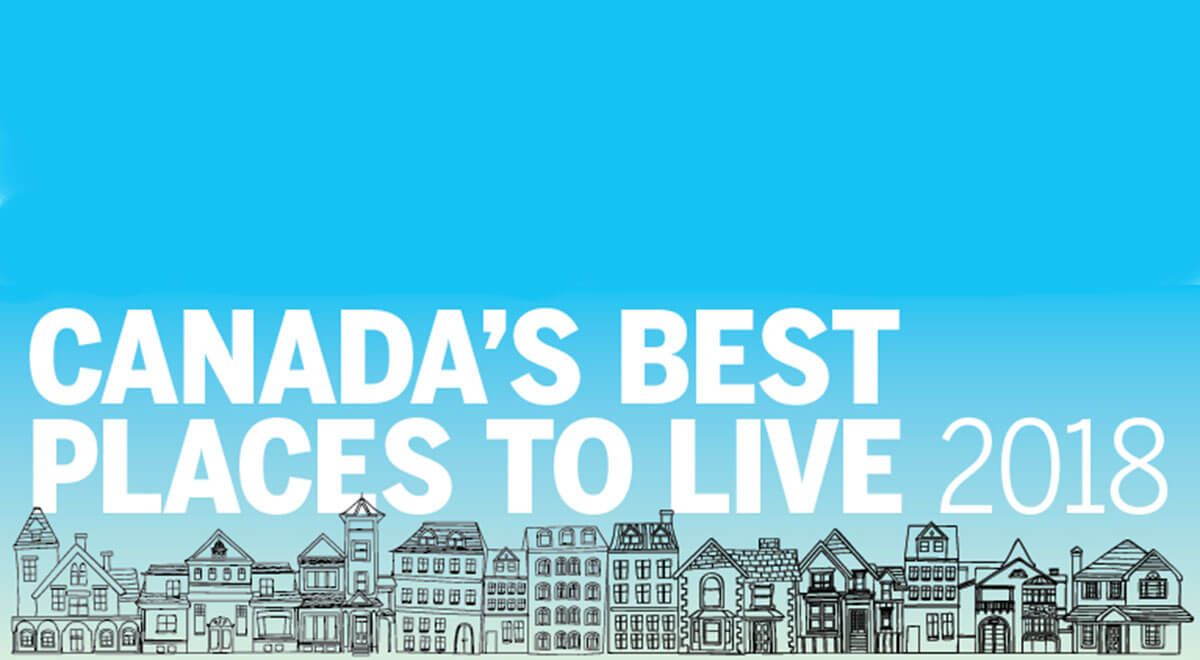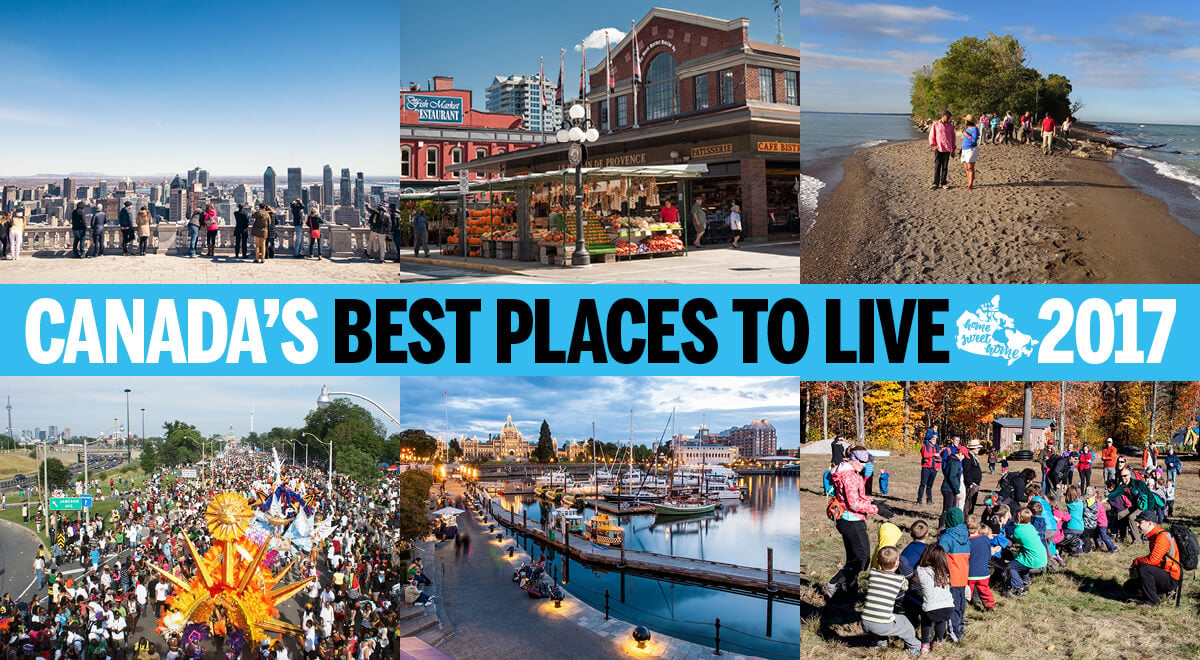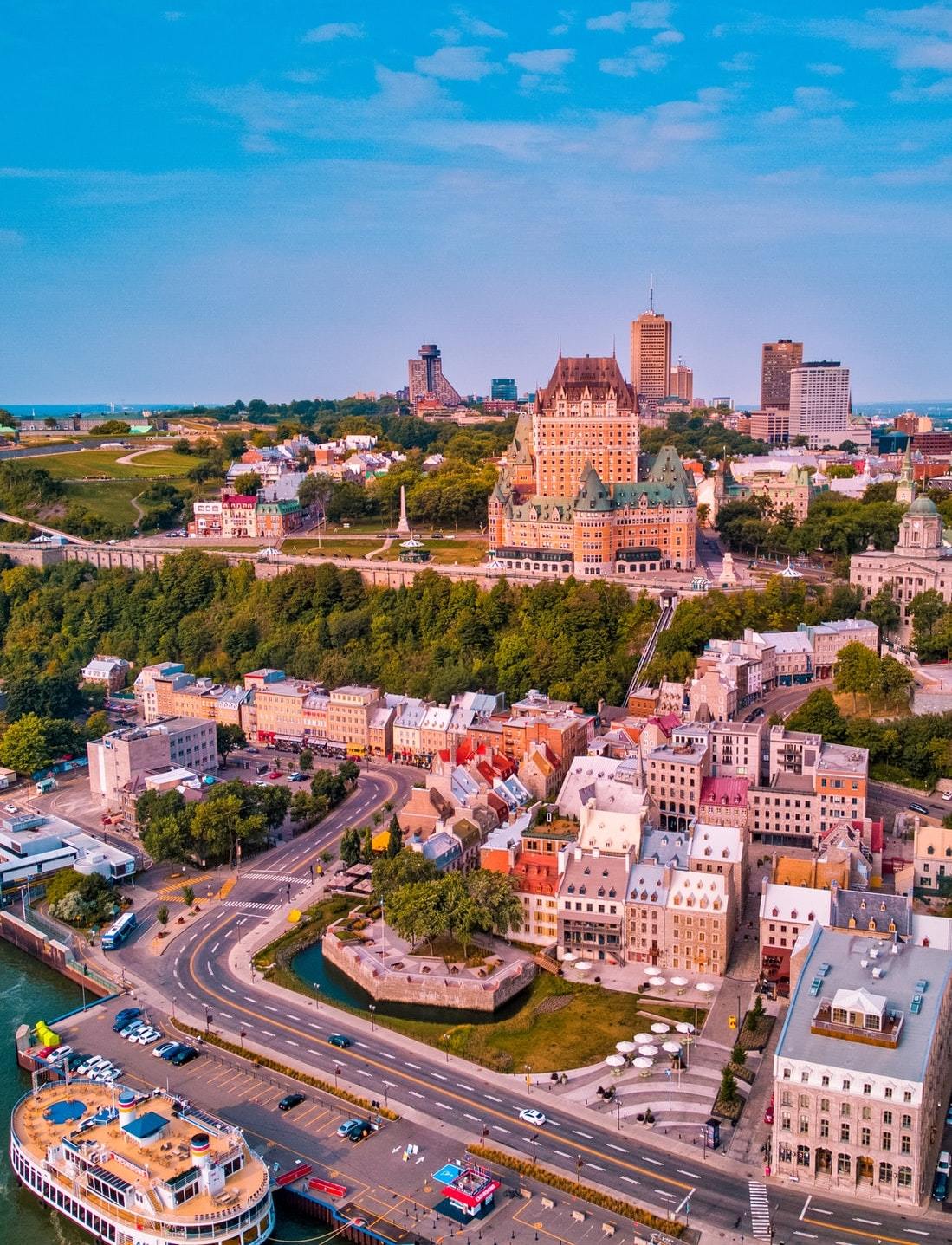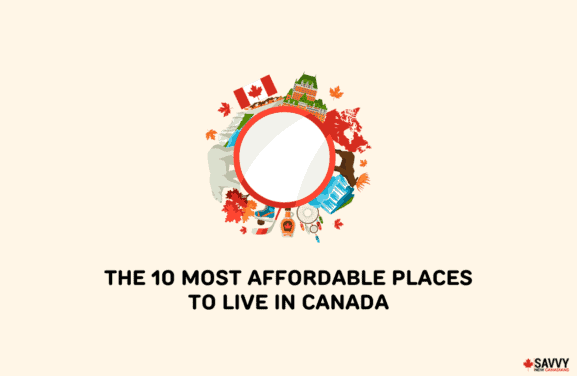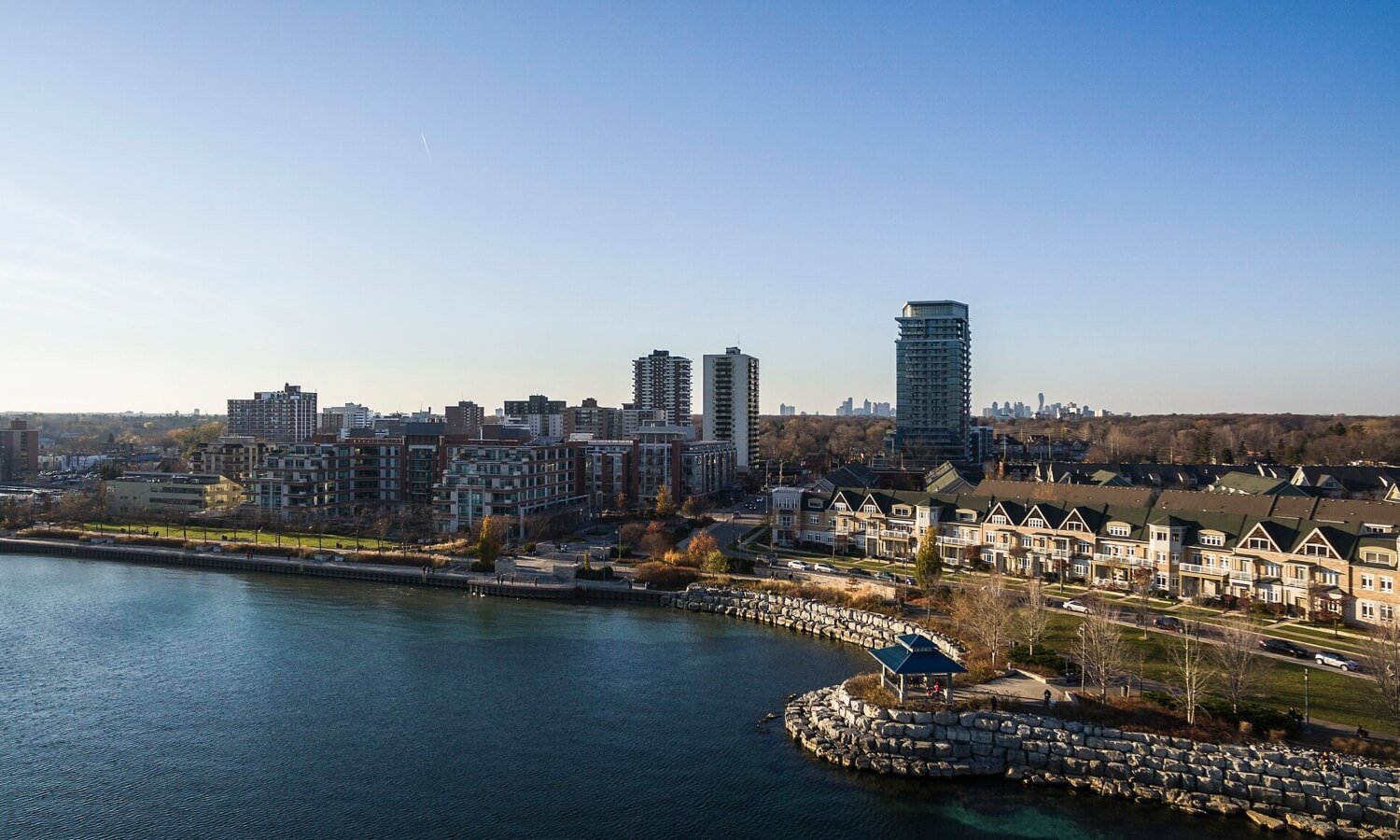Money Sense Best Places To Live In Canada 2019

Urgent alert: MoneySense has just released its highly anticipated 2019 ranking of the Best Places to Live in Canada. This year's results reveal significant shifts in the top contenders, impacting how Canadians may view their current and future homes.
The annual report, a comprehensive analysis of Canadian cities and towns, evaluates communities based on factors like affordability, job prospects, population growth, and access to amenities. The rankings serve as a crucial tool for Canadians making decisions about relocation and investment.
Top Cities Revealed
This year, Oakville, Ontario claims the top spot, dethroning previous champions. The city's strong economy, low crime rates, and access to healthcare propelled it to the summit. Second place goes to Ottawa, Ontario, followed by Russell, Ontario in third.
Notably, several smaller cities experienced significant jumps in the rankings. Factors contributing to these shifts include increased job opportunities and improved housing affordability. This indicates a potential trend toward Canadians seeking alternatives to major urban centers.
The complete ranking encompasses over 400 cities and towns across Canada. The evaluation is based on a weighted average of various factors impacting quality of life. These include wealth and economy, affordability, population growth, taxes, commute, crime, weather, access to health care, amenities, and culture.
Regional Highlights
In Western Canada, Calgary, Alberta ranked highest, demonstrating resilience in the face of economic challenges. Several British Columbia communities also made strong showings, driven by their natural beauty and access to outdoor recreation. However, affordability remains a significant concern in many BC cities.
In Quebec, smaller cities like Blainville and Boucherville performed well. These cities offer a balance of affordability and access to amenities. They represent attractive alternatives to the higher costs of living in Montreal.
Atlantic Canada saw improvements in several communities. This is primarily due to initiatives aimed at attracting new residents and stimulating economic growth. However, the region continues to face challenges related to aging populations and limited job opportunities.
Methodology and Data
MoneySense utilizes publicly available data from sources like Statistics Canada and Environics Analytics. The weighting of different factors is adjusted annually based on ongoing research and feedback from readers. This ensures the rankings remain relevant and reflect the priorities of Canadians.
Affordability is a key consideration. It is measured by factors like average home price and rental rates relative to household income. The job market is assessed based on employment rates and income growth.
Population growth indicates the overall attractiveness and vitality of a community. Access to healthcare is evaluated based on the number of doctors and hospital beds per capita. The final result is based on each city's score compared to other cities.
Impact and Implications
The MoneySense rankings influence decisions for individuals, families, and investors. The rankings are designed to help them identify communities that align with their needs and priorities. The report also provides valuable insights for policymakers and developers.
Cities that consistently rank high are often seen as desirable places to live, work, and raise a family. This can attract new residents and businesses. It contributes to economic growth and community development.
Conversely, cities that struggle in the rankings may use the data to identify areas for improvement. This could involve addressing issues related to affordability, job creation, or infrastructure development.
Next Steps
Canadians are encouraged to explore the full MoneySense rankings online. A detailed breakdown of each city's scores and data is available. Individuals can use this information to make informed decisions about where to live.
The report serves as a starting point for further research and exploration. Prospective residents should consider visiting communities of interest and speaking with local residents. This will provide a more complete picture of what each city has to offer.
The 2020 rankings are anticipated to be released next year. Continuous monitoring of these trends is essential for understanding the evolving landscape of Canadian communities.






